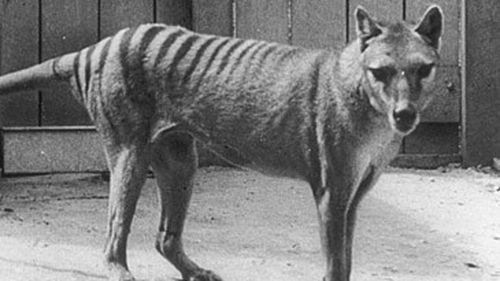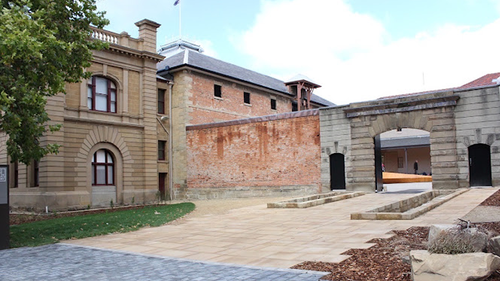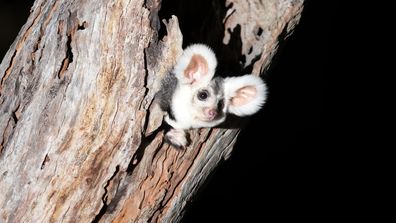One of the world’s enduring zoological mysteries has been solved after the remains of the last-known thylacine – also known as the Tasmanian tiger – were discovered in the back of a dusty museum cupboard.
The remains were found in the collections of the Tasmanian Museum and Art Gallery (TMAG) and had been missing for more than 85 years.
In a soon-to-be-published paper, researchers found the old female animal had been caught illegally by trapper Elias Churchill from the Florentine Valley. It died a few months after being sold to Beaumaris Zoo in Hobart in May 1936.


The animal was skinned and its skeleton “disarticulated” for a newly-formed education collection – but it disappeared among the museum’s archives.
”The sale was not recorded or publicised by the zoo because, at the time, ground-based snaring was illegal and Churchill could have been fined,” Robert Paddle, paper co-author and comparative psychologist from the Australian Catholic University, said.
“The thylacine only lived for a few months and, when it died, its body was transferred to TMAG.
“For years, many museum curators and researchers searched for its remains without success, as no thylacine material dating from 1936 had been recorded in the zoological collection, and so it was assumed its body had been discarded.”


A thylacine called Benjamin, famously immortalised in grainy black and white video, was previously believed to be the last of the species.
Read Related Also: Nicky Romero Net Worth – $10 Million
Benjamin died alone in his enclosure after succumbing to exposure at the Beaumaris Zoo on September 7, 1936, however, the rediscovered female is thought to have outlasted him.
The remains, still attached to the five cards created for the education collection, are now on display in the museum’s thylacine gallery.
“It is bittersweet that the mystery surrounding the remains of the last thylacine has been solved, and that it has been discovered to be part of TMAG’s collection,” TMAG Director Mary Mulcahy said.

Australian marsupial listed as endangered
The Tasmanian tiger was hunted to extinction upon European settlement as farmers blamed the native carnivorous marsupial for the deaths of livestock.
It became feared and in 1888 the Tasmanian government introduced a bounty of £1 per full-grown animal and 10 shillings per juvenile animal destroyed.
The species was declared officially extinct in 1986.
According to Tasmanian Parks and Wildlife Service, the thylacine was a shy and quiet animal that mostly avoided contact with humans.







